We may do a good job of keeping our Homes cleaned and sanitized, yet there are spots that often get overlooked and neglected. There are many corners in your house that need more than just simple cleaning. Make sure you reach all those hygiene hotspots around your home and sanitize them thoroughly. You may not know but germs must be lurking around to make life miserable for you and your family. Do not take chances because hygiene is crucial. Read on to know which are the hygiene hotspots in your home and how best you can sanitize those spots.

What is washing and sanitizing?
Washing is a mere cleaning of the surface. While you wash your countertop in the kitchen or the floor in the bathroom, you just get rid of food particles, soil, dust, and other such unwanted elements. Some amounts of bacteria also get washed away in the process but not all. You can wash a surface using simple soapy water, vinegar mixed in water, or any of the branded cleaning products available in the market. But sanitization is not just a removal of dirt, grease, and food debris from a surface. There are bacteria and other pathogens on the surface. You cannot see them with the naked eye. Sanitizing kills those germs and makes the surface completely contamination-free. For hygiene hotspots in a home, washing alone is not enough; following up with proper sanitization at regular intervals is also important.
Which are the hygiene hotspots at your home?
To keep home healthy for the family, it is important to maintain good hygiene. This means is to do all you can to prevent your home environment from becoming a breeding ground for disease-causing germs.So, have a look at the following spots in your home.
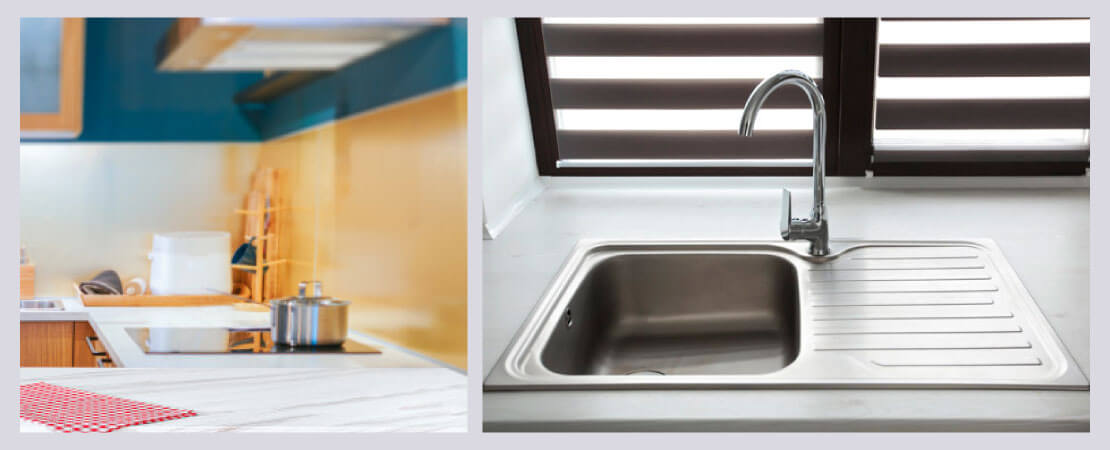
1. Kitchen countertop and sink
Food, dust, bacteria, and liquid spills- you name it and you have it on your kitchen countertop. Raw meat, fish, green vegetables everything is on it. You wash all of them in your sink too. The food particles are left to sit in there and give rise to health risks. Thus, a range of microbes can be present here. The same stands true for the cutting board too. A mix of fruits &vegetables, meat, fish in raw form increases the chances of contamination.
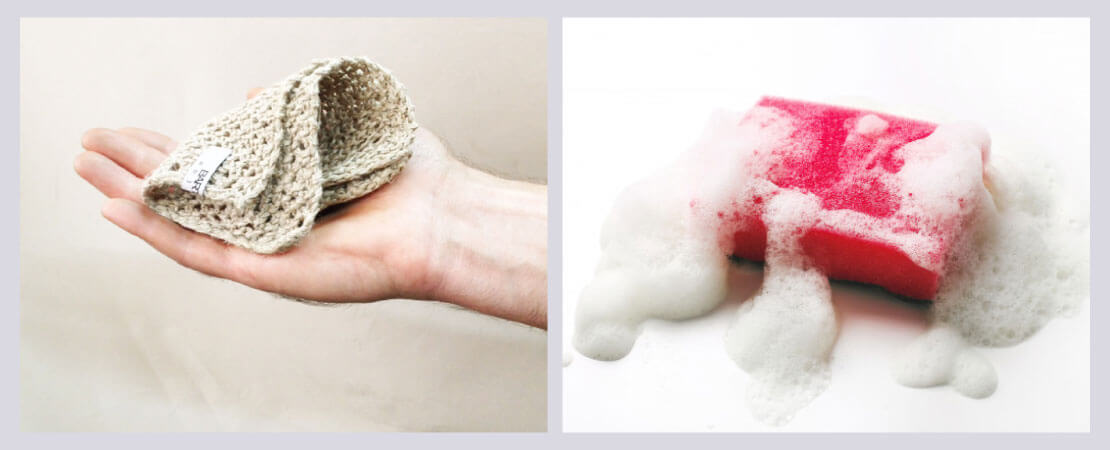
2. Washcloth and sponges
They do not occupy a large part of your mind when you set to sanitize your home. But trust us, a lot of dirt is left behind in them even after cleaning. These remain damp and wet. Now, bacteria grows well in a moist environment. Your washcloth and sponges are a warm abode of them. Using the same sponge for months? You are only spreading the bacteria all over the home.
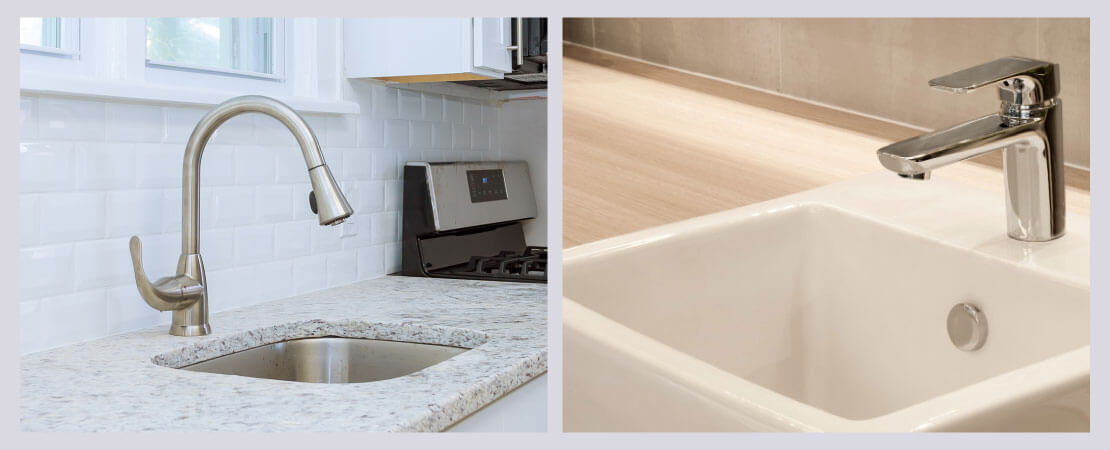
3. Kitchen and bathroom faucets
The taps and other faucets in both the kitchen and the bathroom get dirty and contaminated easily. Very often you touch these objects with dirty hands. When someone else puts their hands on them they automatically get infected.
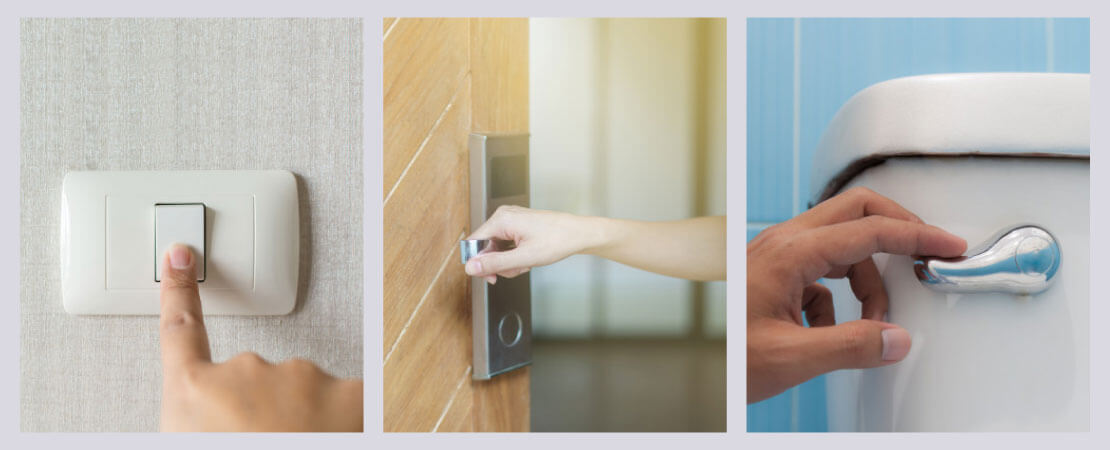
4. Knobs, handles, and switches
Handles of doors and kitchen cabinets, doorknobs, switches, and toilet flush buttons are smaller surfaces. But they pack a lot of punch in terms of germs. Many users are handling them daily. Contamination risks are high too.

5. TV remote, Telephone handset, Kids’ toys
Being handled by multiple users, even during snacking, the TV remote is home to multiple pathogenic bacteria causing pneumonia, diarrhoea, skin infections, etc.
Telephone handset & mobile phones are also one of the germspot. As mobile phone is a device that is with you almost all the time, and everywhere carries many germs on its surface at any given point of time.
Kids’ toys, when playing outside, become dirty. Kids may sneeze on the toys and put it in the mouth the next moment. Contamination all over!

6. Floor carpet
A Carpet usually carry a lot of dust which is not so good especially for people with dust allergies. These can collect dust, germs and indoor allergens such as house dust mite debris, pet hair etc.
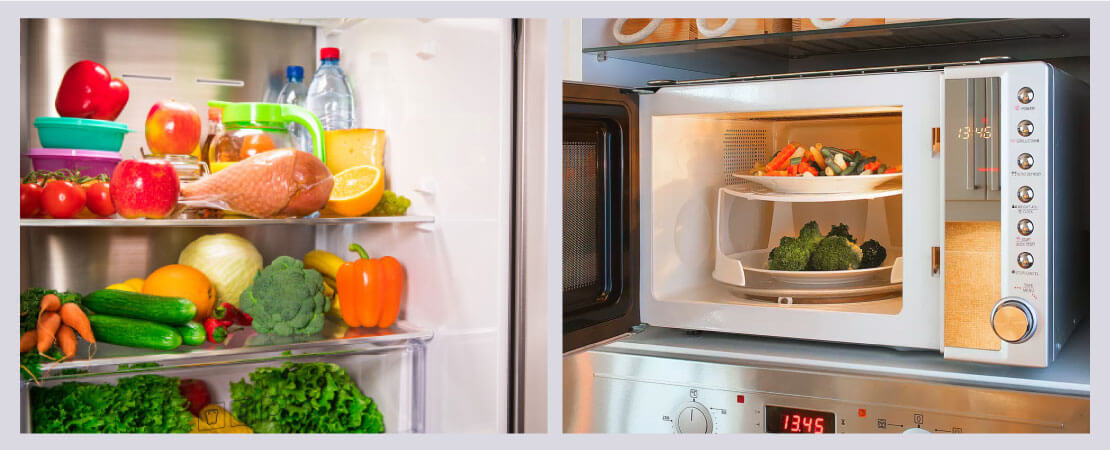
7. Inside the refrigerator and micro oven
Proper cleaning of the refrigerator is vitally important, though is often overlooked and viewed as “too hard”. Did you know that dirty fridges can act as a breeding ground for harmful bacteria such as salmonella, listeria and E. coli?
Microwave ovens also attract germs on a regular basis. Foods are taken in and out of these appliances randomly. This makes them breeding ground for bacteria and other germs.
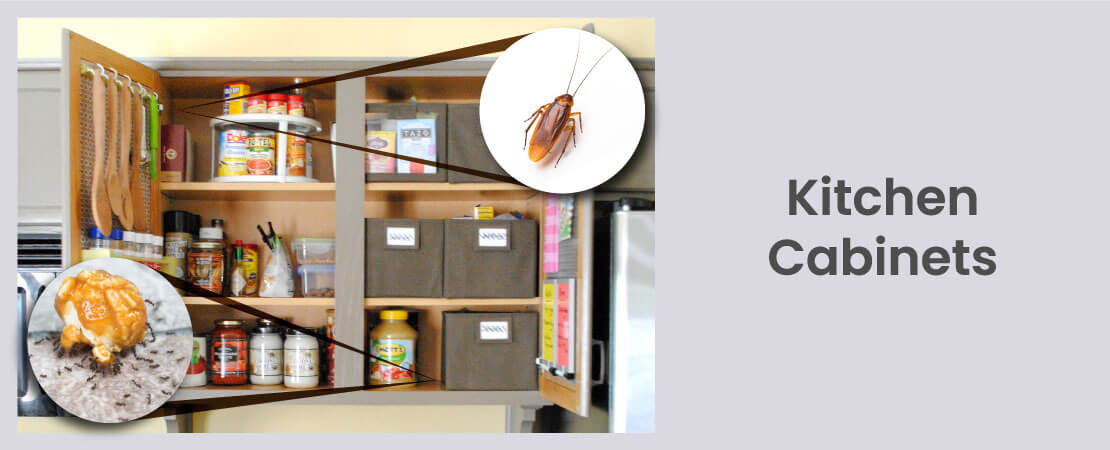
8. Kitchen Cabinets
It is not only the cabinet handles that you should worry about. The doors of the cabinet and the insides are equally important hygiene hotspots. Can you guarantee that you always wipe your washed utensils dry before keeping them inside the cabinets? You can’t. And the locked moisture inside gives rise to bacteria and other pathogens. Very often you might touch the cabinets and the insides even after handling raw food items direct from the market. That way, you give an entry pass to the germs.
Kitchen cabinets are also favourite hiding places of pests, especially roaches and ants. To eliminate them, you must get a pest control service1 done regularly.

9. Toilet Seat, Cover& others
Yes, the seats and covers carry innumerable germs for obvious reasons! Touched by multiple users, incidents of backsplash, etc invite germs in and make these surfaces hygiene hotspots. Flush handle2 is also a germ spot which is a common touch point in your home.

10. Trash bin
During the whole day, you touch the trash bin umpteen number of times and do not always wash your hand before moving on to other chores. Hygiene hotspot indeed!
Apart from this, damp corners of your home3 can also be a hygiene hotspot.
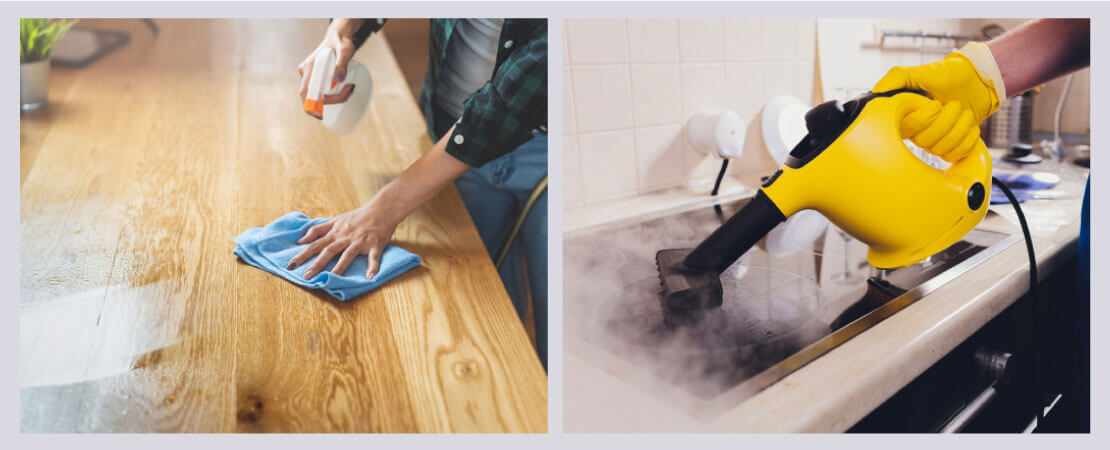
How to sanitize these hygiene hotspots?
Firstly, wash surfaces with soap and warm, clean water to remove dirt and debris. Next, sanitize surfaces with household bleach. To know more, click here4.
It is preferable that you should use different cutting boards for different items. Do not use the same cutting board for vegetables and non-veg items. Every time after use make sure you wash it with soap or detergent and water to get rid of the germs left behind.
Soak washcloth and sponges in lemon juice or white vinegar. Dry wet sponge thoroughly in the sun. Do not use the same cloth or sponge for more than a month.
Wash your hands well with soap after coming back home and then only handle the switches, doorknobs, kitchen utensils, TV remote, etc. For sanitizing these smaller surfaces you can always use all-purpose cleaner and wipe them with a microfiber cloth. Repeat this at least twice a week.
In this current situation, you can also opt for steam cleaning service5 which is safe and eco-friendly method of sanitization.
Additionally, close the toilet cover while flushing to prevent backsplash. Make sure you clean cover and the seat altogether before leaving the washroom.
After emptying your trash bin, wash the inside of it using soapy water and a brush.
If you choose to use any sanitizer or disinfectant, read safety rules6 & basics.
Lastly,don’t forget to wash and sanitize your hands.
To reduce the chances of contamination, you must wash and sanitize your hands7 frequently even while staying at home.
So this, in a nutshell, is how you take care of the hygiene hotspots scattered across your home. Sanitizing home8 is a difficult task. But it can never be ignored. With proper sanitization, you are 100% sure about putting a stop to the spread of germs.
Reference links used:
1. https://sanitizeyourplace.in/pest-control-disinfestation-services/
2. https://www.thesun.co.uk/living/3272186/this-is-how-many-germs-are-lurking-in-your-bathroom-and-youll-be-horrified-at-the-dirtiest-spot/
3. https://www.dettol.co.in/en/healthy-homes/home-hygiene-hotspots/
4. https://www.cdc.gov/healthywater/emergency/cleaning-sanitizing/household-cleaning-sanitizing.html
5. https://sanitizeyourplace.in/steam-cleaning-services/
6. https://sanitizeyourplace.in/basics-of-handling-cleaner-sanitizer-disinfectant/
7. https://sanitizeyourplace.in/importance-of-washing-and-sanitizing-your-hands/
8. https://sanitizeyourplace.in/

